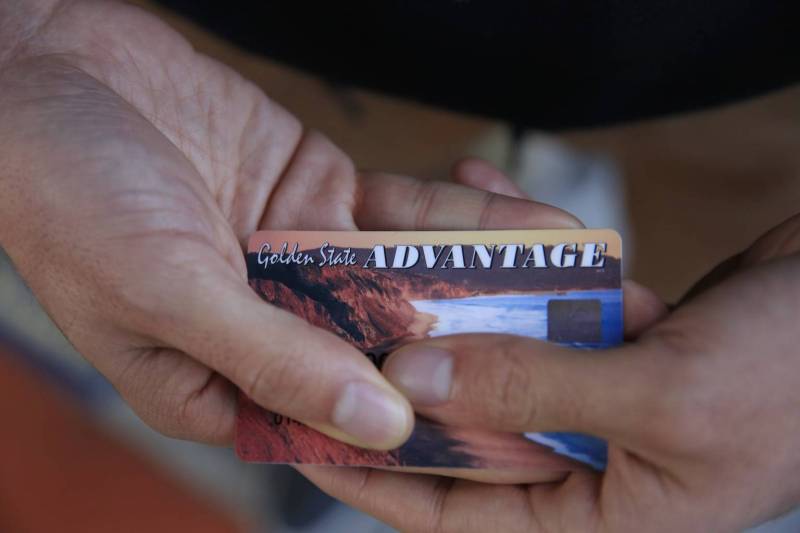If you receive CalFresh benefits, you automatically qualify for this program. Not all internet providers participate in the program, but major brands like AT&T and Comcast offer this discount.
One big caveat: The ACP program is ending due to a lack of federal funding and will only offer participants this discount until existing funds run out — which is projected to be in April 2024. To get onto the program, you’ll need to complete an online application with the Federal Communications Commission as soon as possible and before the deadline of 8:59 PM PST, February 7.
Depending on your location and what your needs are, you may have to change internet providers to receive the discount.
Your application will need to verify that you receive CalFresh benefits. The program also offers an additional $100 off to buy a laptop, desktop computer or tablet from certain internet providers that are participating in ACP. You also qualify for ACP if you are on Medi-Cal or receive Supplemental Security Income (SSI) or Women, Infants, & Children (WIC) benefits.
Read more about the ACP program in our 2023 guide.
2. Get free museum tickets around the Bay Area
The Bay Area has so many fantastic museums with fun weekend activities for both grown-ups and kids. The problem is that getting into these museums can often be just plain expensive — two adult tickets plus two kids’ tickets at San Francisco’s Academy of Sciences comes to just shy of $140.
But you can get into many museums for free (or at a really good discounted price) by just showing your EBT card, along with a valid California ID, at the door. This is thanks to the nationwide Museums for All program, which offers folks receiving SNAP benefits the chance to get into hundreds of museums for free or at a discounted rate. This includes dozens of museums in the Bay Area, including the Exploratorium in San Francisco and the Chabot Space & Science Center in Oakland.
Some museums, like the San José Museum of Art or the Museum of the African Diaspora in San Francisco, will also let you in for free, along with several other guests that come with you. If a museum isn’t offering free admission, you can get a pretty good discounted rate instead: At the Chabot Space & Science Center, you will only have to pay $1 for each ticket once you show your EBT card.
See the complete list of Bay Area museums that participate in the program in our 2023 guide.
3. Get extra cash for groceries at the farmers markets
If you’ve always thought that getting your fresh produce from the farmers market was too expensive, this might be what convinces you to check one out. At certain markets, all you have to do is show your EBT card, select how much money you want to draw from your EBT card, and you will receive tokens for double that dollar amount to spend at the market to “match” your own funds. You can either see it as doubling your money or getting a 50% discount on what you buy.
This is thanks to Market Match, a statewide program that distributes funds to farmers markets across California. Markets can only give these funds to people with EBT cards and the money can only be used for purchases at the market (that is why you will receive tokens instead of regular cash). Not all farmers markets participate in this program, but you can use the Farmers’ Market Finder online tool, where all you need to do is add your zip code and you’ll get a list of the markets closest to you.
Learn more about the Market Match program here, and watch KQED’s video on how to use your EBT card at your local market:

